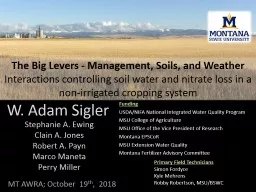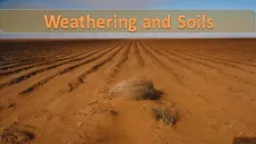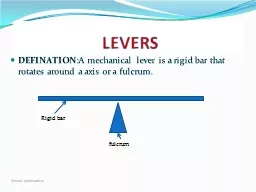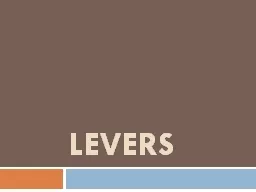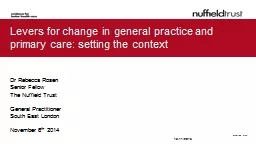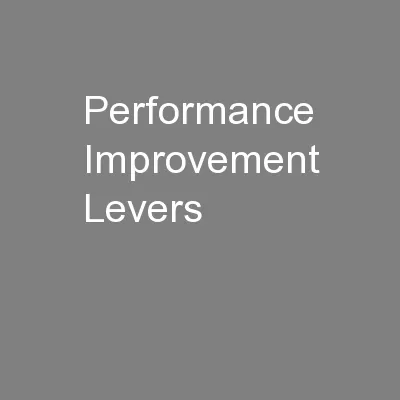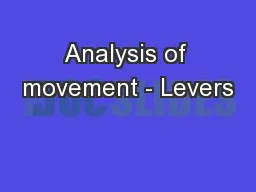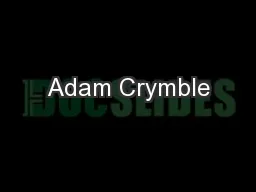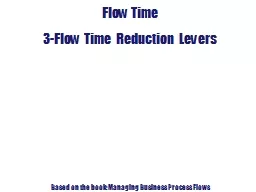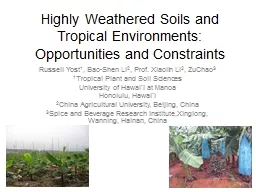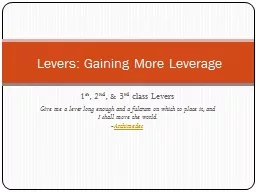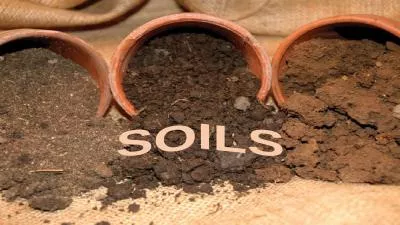PPT-W. Adam Sigler The Big Levers - Management, Soils, and Weather
Author : backbays | Published Date : 2020-06-22
Interactions controlling soil water and nitrate loss in a nonirrigated cropping system MT AWRA October 19 th 2018 Funding USDANIFA National Integrated Water Quality
Presentation Embed Code
Download Presentation
Download Presentation The PPT/PDF document "W. Adam Sigler The Big Levers - Manageme..." is the property of its rightful owner. Permission is granted to download and print the materials on this website for personal, non-commercial use only, and to display it on your personal computer provided you do not modify the materials and that you retain all copyright notices contained in the materials. By downloading content from our website, you accept the terms of this agreement.
W. Adam Sigler The Big Levers - Management, Soils, and Weather: Transcript
Download Rules Of Document
"W. Adam Sigler The Big Levers - Management, Soils, and Weather"The content belongs to its owner. You may download and print it for personal use, without modification, and keep all copyright notices. By downloading, you agree to these terms.
Related Documents

